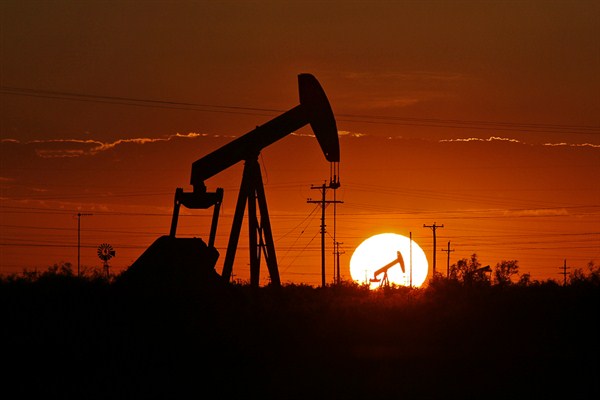Saudi Arabia’s decision to launch a price war in oil markets earlier this month could not have been more poorly timed, coming amid plummeting global demand for oil due to the COVID-19 pandemic. The Saudi announcement sunk oil prices to an 18-year low, near $20 per barrel, after five years at more than double that price, putting further downward pressure on already troubled financial markets.
Saudi Arabia had gambled that by flooding the market and pushing down prices, it could punish Russia for refusing to cut its output, while recouping market share that had been ceded to U.S. shale oil producers. But the risky move could do lasting damage to the global economy, to oil-dependent countries and to Riyadh’s budding partnership with Moscow.
The price war is rooted in a sudden breakdown in cooperation between Saudi Arabia and Russia. The pair began to make common cause starting in late 2016, as U.S. shale oil was flooding the market and creating a supply glut. American oil production has doubled since 2009, rising above 12 million barrels per day last year to make the U.S. the world’s largest oil producer. That surge left Saudi Arabia and OPEC without its usual market power to constrain global oil production and boost prices—unless Russia, the world’s second-largest producer, joined their efforts.

